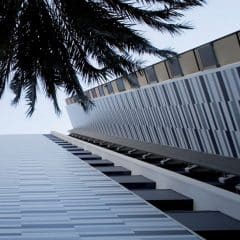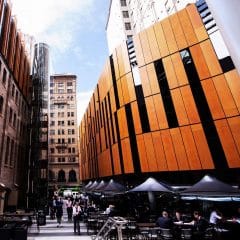Cladding is used to provide additional thermal insulation, weather resistance and protection, while improving the overall appearance of a structure. Today, there are types of cladding that are fire-retardant and/or PEFC-certified to avoid fire accidents. Technological innovations include self-cleaning models that are impact-resistant and ecological FSC-certified cladding. A lot of commercial buildings and office structures have integrated LED into their cladding.











As you mentioned, metal is the most durable type of material for cladding. My father is wanting something that he wont have to worry about replacing again soon. I will have to share this article with him, and see what he thinks.
Thanks for explaining how double-skin cladding is when insulation is inserted between the two layers of cladding. I want my house to be energy efficient and soundproof. I think insulation in between the cladding could really help with that.
This is really appreciated that you have presented this data over here, I love all the information shared. It will be very helpful to understand about choosing the right cladding . Great post to share, thanks for publishing this here!!